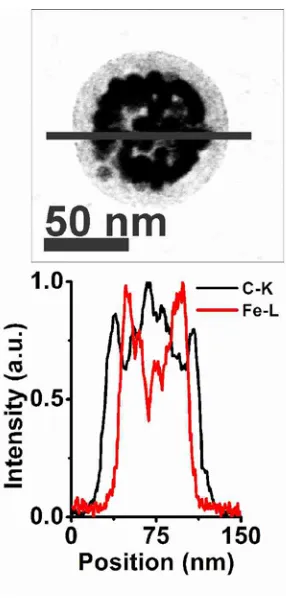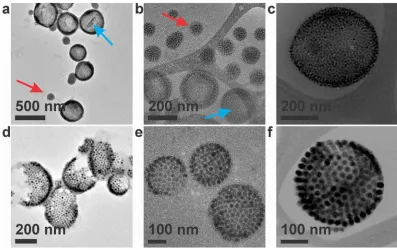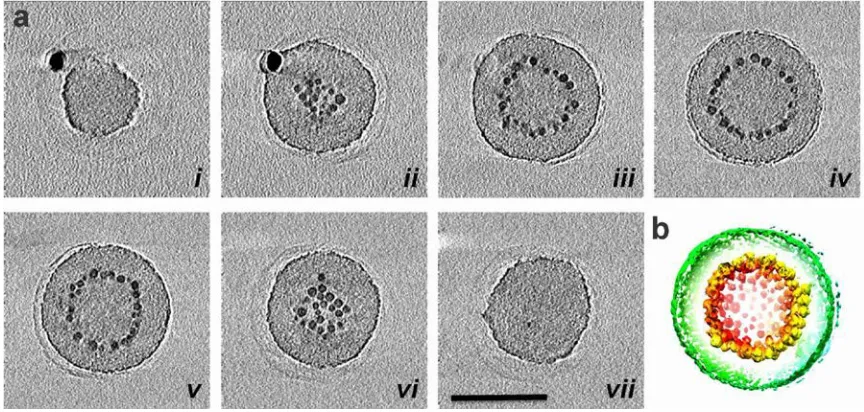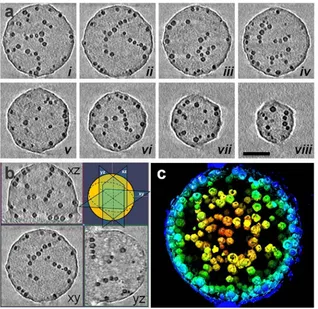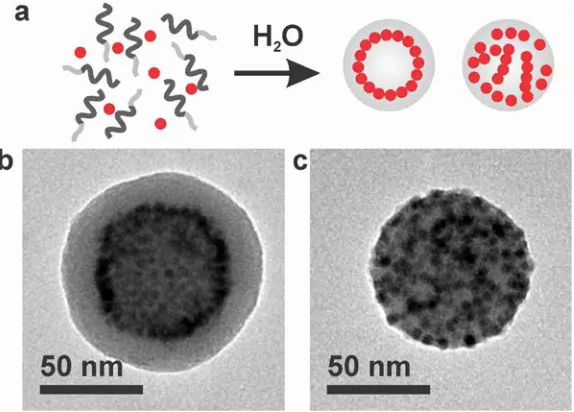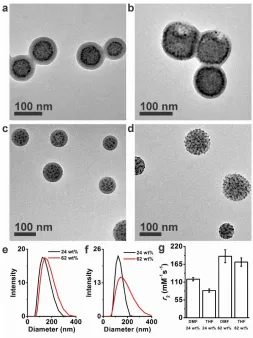Solution-Phase Assembly of Nanoparticles and Amphiphilic Polymers: Controlling the Morphology From Vesicles to Micelles
Full text
Figure

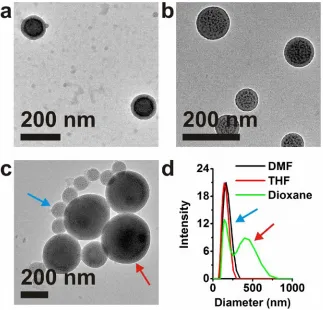
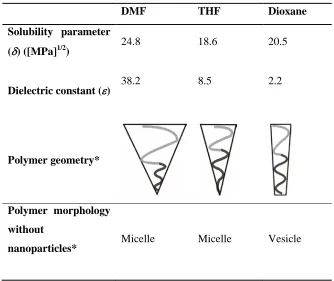
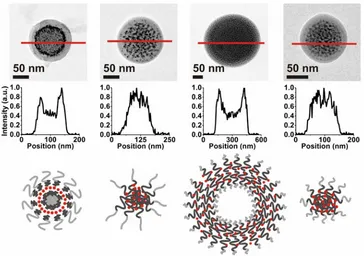
Related documents
In order to receive the full benefit from an own-occupation disability insurance policy, you must not be able to perform the material and substantial duties of your occupation
The recent epidemic MERS-CoV and the past outbreak of SARS-CoV, clearly demonstrate that new pathogens will emerge. As they are accelerated by globalization there is really no way
An important question in managing patients with prior anti- NMDAR encephalitis concerns the duration of long-term monitoring after the initial episode to facilitate early
Time courses collected using a particular cell extract or on a certain day were normalised by a representative maximal rate at saturating substrate concentrations from that NMR
The purpose of the study was to evaluate the impact of clinical pharmacy activities within the inpatient unit of the pneumophtisiology department of the teaching hospital
through the foot in scrummaging and experience a high degree of knee and cartilage injury, calf muscle and Achilles tendon problems, lateral ankle ligament damage, inflammation
Periodic management checks, without mapped zones, made while “riding” during the grazing period are beneficial for observing use zones as they develop. These
In addition, this paper contributes to the existing literatures on recurrence relations by presenting a more simplified approach of conceptualizing the solution of
